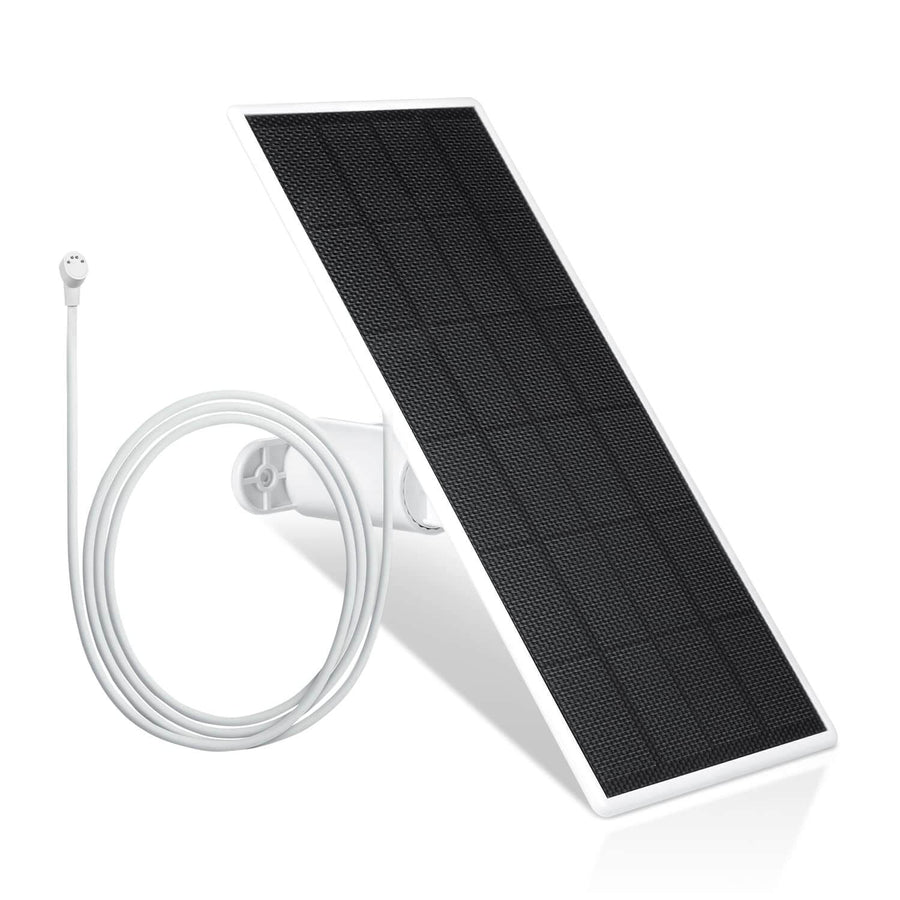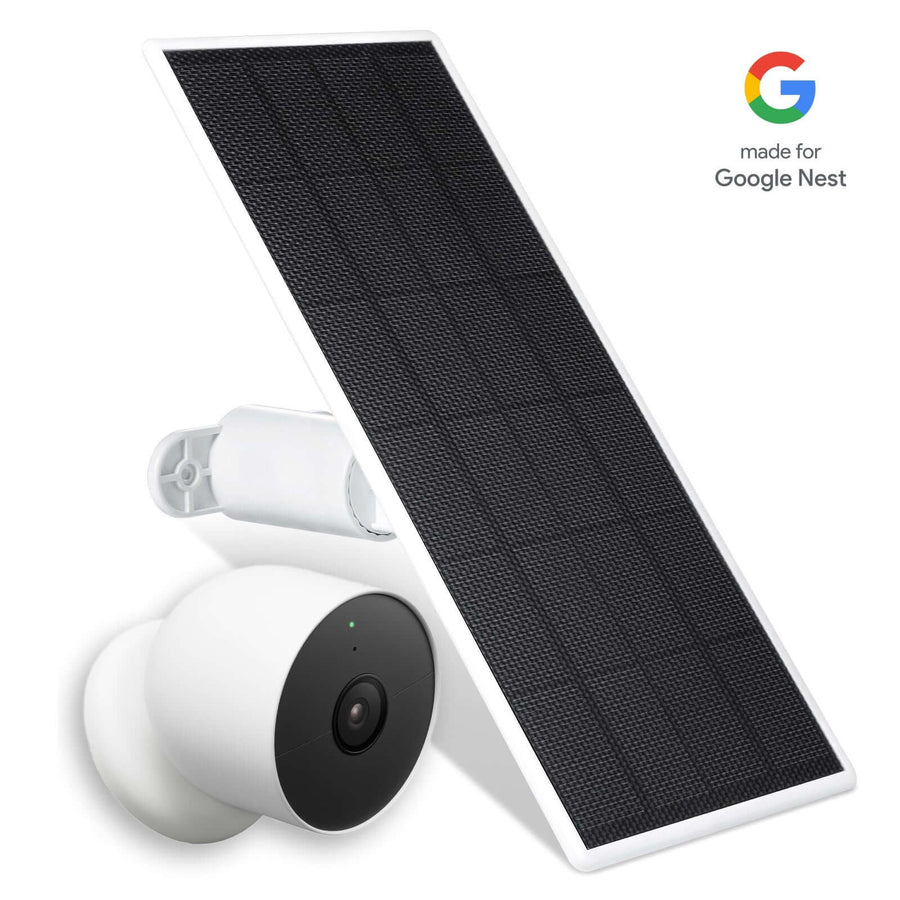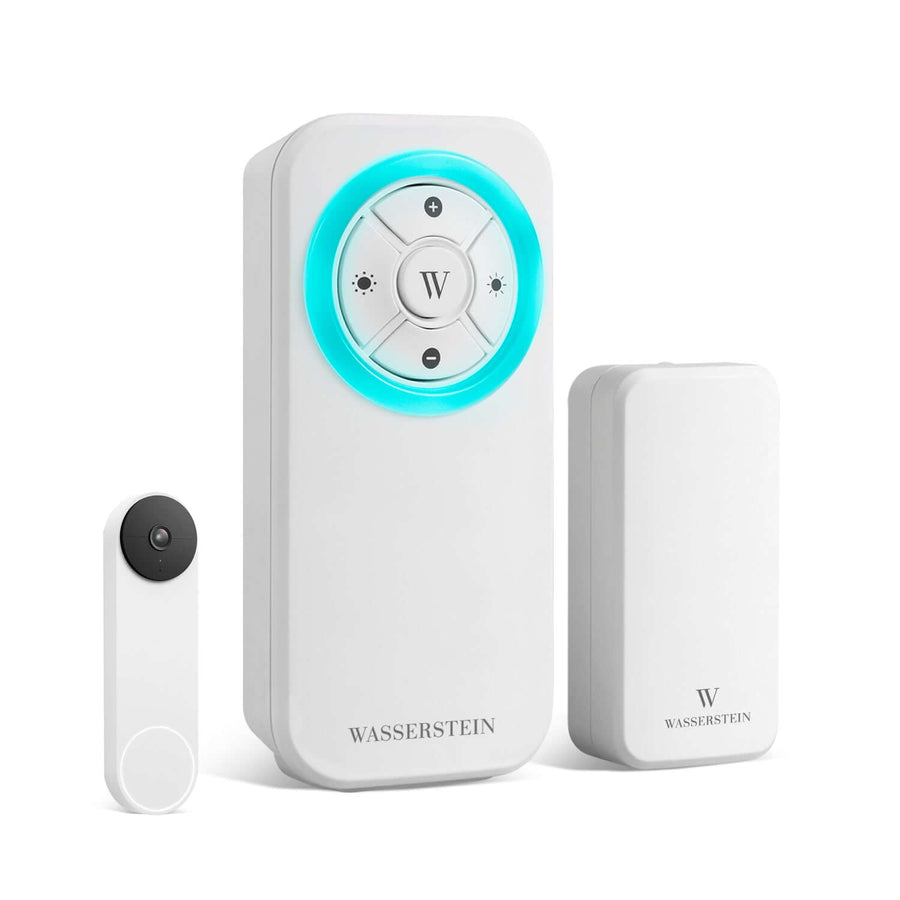How to Change WiFi on Ring Doorbell
Ring is known for providing some of the best security devices in the market. One of their most popular products is the Ring Video Doorbell. This nifty device connects to your Wi-Fi, allowing you to see and talk to visitors through your smartphone from virtually anywhere. It's packed with great features, but only if you have a reliable Wi Fi connection.

Your Wi-Fi network can quite literally make or break your Ring ecosystem. Without a stable network, you won't be able to receive security alerts or notifications, and streaming live video and audio will also be inaccessible. While Ring devices can still record and save footage locally even when disconnected from the internet, you won't be able to access this footage until your device is reconnected.
So, having a reliable Wi-Fi network during your initial setup is crucial. However, you can still change the Wi-Fi network after setting up your device. Maybe you've upgraded your home network, experienced connection problems, or moved to a new place. Whatever the reason, this detailed guide will help you through the process of changing the Wi-Fi on your Ring Doorbell.
Why Change the Wi-Fi on Your Ring Video Doorbell?
-
Network Upgrade: If you've recently upgraded your home Wi-Fi network to a faster or more reliable one, changing your Ring Doorbell's Wi-Fi settings can help it take full advantage of the improved network performance.
-
Connectivity Issues: When experiencing frequent disconnections or weak signal strength between your Ring Doorbell and your existing Wi-Fi network, changing to a different network might resolve these issues.
-
Relocation: If you've moved to a new home or location, your Ring Doorbell will need to connect to a new Wi-Fi network, reflecting your current surroundings.
-
Router Replacement: When you replace your Wi-Fi router or modem, your Ring Doorbell will lose its connection to the old Wi-Fi network, requiring you to update the settings with the new network details.
-
Network Security: Changing your WiFi network can also be a security measure. If you suspect unauthorized access to your old network or have changed your Wi-Fi password for security reasons, it's important to update your Ring Doorbell's settings accordingly.
Preparation
Check Device Health and Battery Levels
Ensure that your Ring Doorbell is functioning correctly and is properly connected to a power source/has adequate battery charge. You don't want the device to run out of power during the setup process. To check the battery level, open the Ring app and go to your device's settings. If necessary, change the battery of your Ring doorbell.
Check Your Network Frequency
Know the frequency band (2.4GHz or 5GHz) of your new Wi-Fi network. While most Ring Doorbells including the Ring Doorbell Elite are compatible with both 2.4 GHz and 5.0 GHz, the Video Doorbell (2nd Generation), the Video Doorbell Wired, and the Ring Battery Doorbell Plus are only compatible with a 2.4GHz network.
Check Wi-Fi Network Credentials
Have your new WiFi network name (SSID) and password ready. You'll need these credentials during the setup process.
Disconnect From the Old Wi-Fi Network
If your Ring Doorbell is still connected to your old home WiFi network, you should disconnect it. This can be done through the Ring app. Open the app, go to your device's settings, and select "Forget This Network" or "Disconnect from Network."
Setting Up the New Wi-Fi Connection
Step 1: Launch the Ring App: Begin by opening the Ring app on your smartphone.
Step 2: Access the Menu: Tap on the Menu icon, typically represented as three lines, located at the top-left corner of the app screen.
Step 3: Navigate to Device: Select the "Devices" option from the menu, then choose your Ring Doorbell from the list.
Step 4: Modify Wi-Fi Network: Now, click on "Device Health" and subsequently choose "Change Wi-Fi Network." Keep in mind that for this step, you must be in close proximity to your Ring Doorbell since this setup cannot be executed remotely.


Step 5: Activate Setup Mode: Initiating set-up mode on your Ring Doorbell varies depending on your specific model. During set-up mode, a spinning light on the doorbell's front will indicate readiness for Wi-Fi configuration. Here's how to activate set-up mode for different Ring Doorbell models:
-
For a Ring Video Doorbell: Remove it from the mounting bracket, and you'll find an orange button on the back. Press this button without holding it down.
-
For Ring Doorbell 2, 3, 3 Plus, or Elite: Take off the doorbell faceplate and look for a black button on the front. Press it without holding it down.
-
For Ring Doorbell Pro: Locate the button on the right side of the doorbell, and simply press it without holding it down.

Step 6: Choose Your Wi-Fi Network: In the Ring app, pick your desired Wi-Fi network. Enter your Wi-Fi password, and then tap "Continue." Please note that it may be necessary to change your Wi-Fi password before this step, as special characters may not be accepted by the Ring Doorbell.
Your Ring Doorbell should now automatically establish a connection with your chosen Wi-Fi network.
If you encounter difficulties getting your Ring Doorbell into set-up mode, consider performing a hard reset. This involves holding down the set-up button for over 30 seconds and waiting for the doorbell to restart, which could take more than five minutes. Be aware that a hard reset will erase all existing settings on your Ring Doorbell, so only use this option if absolutely necessary.
Choosing the Right Wi-Fi Frequency
When it comes to choosing the right Wi-Fi frequency for your Ring Doorbell or other smart devices, it's essential to consider a few key factors. These factors play a crucial role in ensuring optimal performance and reliability. Here's a straightforward guide to help you make an informed decision:
-
Understanding Wi-Fi Frequencies:
Wi-Fi networks operate on two primary frequency bands: 2.4GHz and 5GHz. Each has its advantages and limitations:
-
2.4GHz: This frequency band offers better coverage and can penetrate obstacles like walls more effectively. It's suitable for devices located farther from the router and works well with older devices that might not support 5GHz.
-
5GHz: The 5GHz band delivers faster speeds but has a shorter range and may not penetrate obstacles as effectively as 2.4GHz. It's ideal for devices in close proximity to the router and for applications that require high bandwidth, such as streaming and gaming.
-
-
Ring Doorbell Compatibility:
Most Ring Doorbells are designed to work on the 2.4GHz frequency band. This ensures compatibility with a wide range of routers and devices. Before making any changes, check your Ring Doorbell's specifications or user manual to confirm its supported frequency band.
-
Assessing Your Network:
Consider the layout of your home and the location of your Ring Doorbell concerning your Wi-Fi router. If your Doorbell is located far from the router or behind multiple walls, the 2.4GHz band is often a more reliable choice due to its better coverage.
-
Network Speed Requirements:
Evaluate your specific needs. If you require fast and stable internet for activities like streaming high-definition video from your Ring Doorbell, a 5GHz connection may be preferable if you have a strong signal in the Doorbell's location.
-
Router Capabilities:
Verify whether your router supports both 2.4GHz and 5GHz frequencies. If so, you may have the option to create separate Wi-Fi networks for each frequency band or use a dual-band network that automatically selects the best frequency for each device.
-
Configuring Your Network:
If your Ring Doorbell supports both frequency bands, configure it to connect to your preferred frequency through the Ring app or web portal. Ensure that the credentials of your preferred Wi-Fi network are correctly entered during setup.
-
Signal Strength:
Regardless of the frequency band you choose, ensure that your Ring Doorbell receives a strong Wi-Fi signal. Weak signals can result in connectivity issues and reduced performance. Consider using Wi-Fi extenders or mesh systems to enhance coverage if needed.
How to Extend the Wi-Fi Signal to Your Ring Device
If you find that your device still struggles with connectivity, even after changing your Ring Doorbell WiFi network, you can consider extending your Wi-Fi signal. Here are some options:
-
Wi-Fi Extenders: These devices amplify the Wi-Fi signal, extending coverage to areas with weak or no signal. Set up a Wi-Fi extender within range of your Ring Doorbell for improved connectivity. The Ring Chime Pro is a 3-in-1 device that works as a Wi-Fi extender for your Ring cameras and doorbells, has a built-in nightlight, and acts as a chime box to let you hear notifications from your Ring cameras and doorbells.

-
Mesh Wi-Fi Systems: Mesh Wi-Fi systems provide comprehensive coverage throughout your home. They consist of multiple nodes or units that work together to create a seamless network. Placing a node near your Ring Doorbell can significantly improve signal strength.
FAQ
How do I connect my Ring Doorbell 2 to a new WiFi?
To connect your Ring Doorbell 2 to a new Wi-Fi network, follow the same steps outlined above for changing the WiFi network on a Ring Doorbell. Open the Ring app, select your device, go to Device Health, and choose "Change Wi-Fi Network."
How to change WiFi on Ring Doorbell Pro?
The process for changing the WiFi network on a Ring Doorbell Pro is the same as for any other Ring Doorbell model. Open the Ring app, select your device, go to Device Health, and choose "Change Wi-Fi Network."
Why won't my Ring Doorbell connect to my new Wi-Fi?
If your Ring Doorbell is having trouble connecting to your new Wi-Fi network, make sure you've entered the correct network name (SSID) and password. Also, ensure that the Ring Doorbell device is within range of the Wi-Fi signal. If problems persist, consider the use of Wi-Fi extenders or mesh systems to improve signal strength.
Does turning off Wi-Fi affect Ring doorbell?
Yes, turning off your Wi-Fi network is one of the ways to turn off your Ring Doorbell. It relies on a Wi-Fi connection to transmit video and interact with the Ring app. If your Wi-Fi is off, your Ring Doorbell won't work as intended.
How do I check my Wi-Fi on my Ring Doorbell App?
To check the status of your Wi-Fi network on your Ring app:
-
Open the Ring app on your smartphone.
-
Tap on the device you want to check.
-
In the device settings, select "Device Health."
-
You will find details regarding the Wi-Fi network to which your Ring Doorbell is currently linked, including information about signal strength and the network's name.
Upgrade your Ring Doorbell today! Check out Wasserstein's collection of Ring accessories, including mounts, solar panels, chargers, and more.








Leave a comment